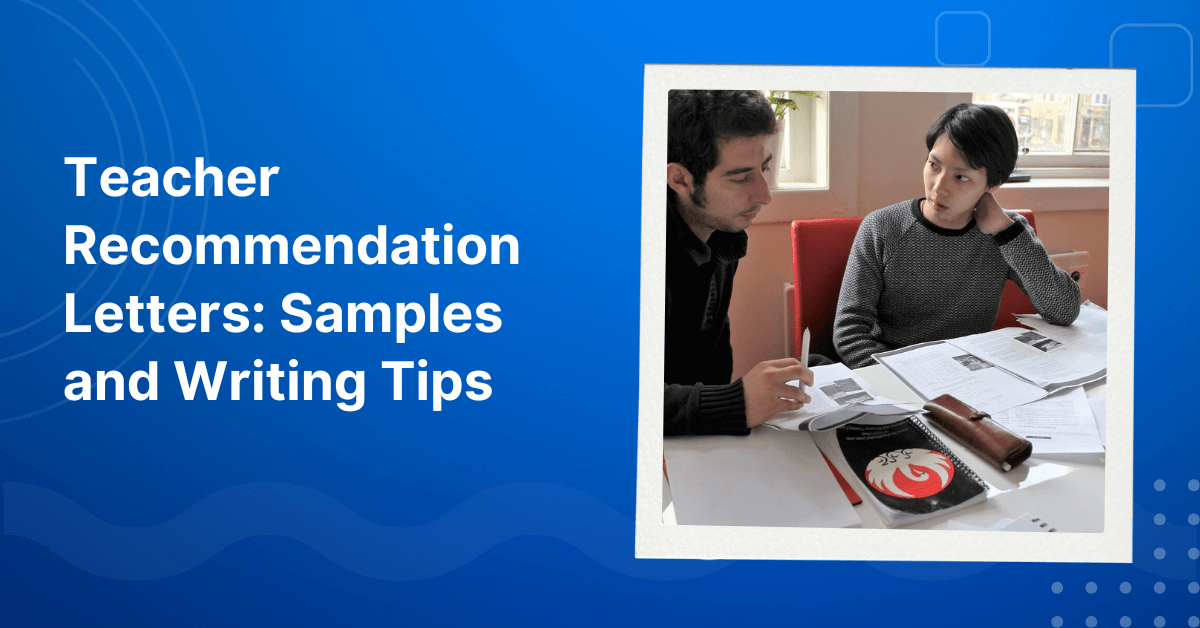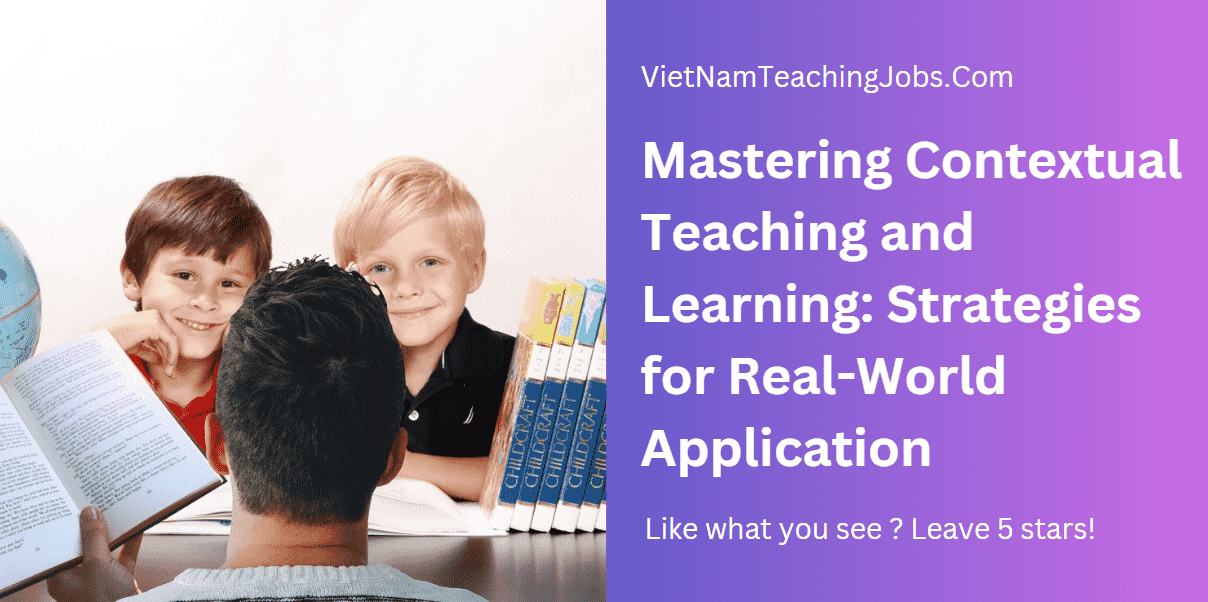In the ever-evolving landscape of education, the traditional classroom setting is no longer the sole avenue for acquiring knowledge. With the advent of technology, new methods of learning have emerged, offering students greater flexibility and accessibility. Two prominent approaches that have gained significant traction in recent years are synchronous and asynchronous learning. Each method offers unique advantages and challenges, catering to different learning styles and preferences. In this article, VTJ will delve into the distinctions between synchronous and asynchronous learning, exploring their benefits, drawbacks, and optimal scenarios for their implementation. By gaining a comprehensive understanding of these approaches, we can make informed decisions about the most effective learning strategies for various educational contexts.
>>>Read more: 14 Types of teaching methods for an effective lesson
>>>Read more: What is blended learning? Types, Examples & Benefits?
What Is Synchronous Learning?

What is synchronous learning? Synchronous learning involves real-time interactions between students and instructors
Synchronous learning is a method of education that involves real-time interactions between students and instructors. It typically takes place through scheduled classes, webinars, or video conferences where participants engage in simultaneous discussions and activities. This form of learning allows for immediate feedback, collaboration, and active participation, mirroring the dynamics of a classroom setting. Synchronous learning is characterized by its immediacy, as learners and educators interact in a structured, time-bound manner.
>>>Read more: What is Experiential Learning? How Does It Work?
>>>Read more: How to Teach Writing Skills to Students Effectively in 8 Simple Steps
The Benefits Of Synchronous Learning
- Real-time interaction: Synchronous learning fosters direct communication between students and instructors, enabling immediate clarification of doubts and questions. This real-time interaction promotes engagement and active learning, as participants can engage in discussions, debates, and collaborative activities.
- Structured learning environment: With scheduled classes and set timelines, synchronous learning provides a structured framework that helps students stay organized and focused. The fixed schedule encourages discipline and regular participation, ensuring that learners progress through the course material consistently.
- Instant feedback and support: In synchronous learning, instructors can provide immediate feedback on assignments, assessments, and class participation. This prompt feedback helps students gauge their understanding, identify areas for improvement, and make necessary adjustments to their learning approach.
>>>Read more: Guide on How to Teach Vocabulary Effectively for Teachers
>>>Read more: 10+ Strategies of How to Teach Reading Comprehension in the Class
What Is Asynchronous Learning?

What is asynchronous learning? Asynchronous learning allows learners to access and engage with course materials at their own pace
Asynchronous learning, on the other hand, represents an educational model where learners access and engage with course materials and activities at their own pace and convenience. In this approach, there is no requirement for learners and instructors to be present simultaneously in the same virtual or physical space. Instead, students are given the flexibility to complete assignments, review content, and participate in discussions within specified timeframes, typically with a focus on self-guided exploration.
>>>Read more: 120+ High and Middle School Debate Topics for Students
>>>Read more: What Is Inquiry-Based Learning (IBL)? Types, Benefits & How to Use
The Benefits Of Asynchronous Learning
- Flexibility and convenience: Asynchronous learning offers students the freedom to learn at their own convenience. Learners can access course materials, lectures, and assignments at any time, allowing them to fit their studies around work, family, or other obligations. This flexibility makes education more accessible to a wider range of individuals.
- Self-paced learning: With asynchronous learning, students can progress through the material at their own speed. This approach accommodates different learning styles and allows individuals to spend more time on challenging concepts while quickly navigating through familiar topics. Learners have the opportunity to review and revisit content as needed, reinforcing their understanding.
- Independent learning skills: Asynchronous learning encourages self-discipline, time management, and self-motivation. Students must take responsibility for their own progress, setting goals, and managing their study time effectively. These independent learning skills are valuable in fostering lifelong learning habits.
>>>Read more: How To Write a Curriculum in 8 Steps: A Complete Guide
>>>Read more: 5 Types of Teaching Styles (Their Pros & Cons)
What Are The Differences Between Synchronous And Asynchronous Learning?
| Synchronous | Asynchronous | |
| Timing and flexibility | occurs in real time, with scheduled classes or sessions that require participants to be present simultaneously | allows learners to access materials and complete tasks at their own pace, without the constraints of a fixed schedule |
| Interaction and engagement | promotes immediate interaction and engagement through live discussions, Q&A sessions, and collaborative activities | lacks real-time interaction but often provides alternative means of engagement, such as discussion boards or email communication. |
| Feedback and assessment | Instructors can provide immediate feedback and assessment during class sessions or shortly after | typically involves delayed feedback, as instructors need time to review assignments and respond to queries. |
| Connection and collaboration | fosters social connections and collaboration among students through real-time discussions and group activities | limit the level of interaction and collaboration. |
| Learning pace and self-regulation | follows a structured timeline, requiring learners to keep up with the pace set by the instructor | allows for self-regulation, enabling students to progress through the material at their own speed and spend more time on challenging concepts. |
>>>Read more: 4 Types of Learning Styles: How to Use VARK Model in Teaching
How To Use Synchronous And Asynchronous Learning
The choice between synchronous and asynchronous learning depends on various factors, including the learning objectives, student preferences, and available resources. Here are some considerations for utilizing each approach effectively:
- Synchronous learning: This method is ideal for real-time discussions, immediate feedback, and collaborative activities. It works well for complex topics that require in-depth explanations, as well as for building a sense of community and fostering social connections among learners.
- Asynchronous learning: This approach is suitable for self-paced learning, accommodating diverse schedules and allowing learners to access materials at their convenience. It is particularly beneficial for individuals with other commitments or those who prefer a more independent learning style.
>>>Read more: How To Write a Lesson Plan in 6 Steps: The Complete Guide
>>>Read more: 20+ Effective Classroom Management Strategies and Techniques
Educators and institutions must carefully evaluate the nature of the subject matter, the target audience, and the desired learning outcomes when deciding which approach to adopt. By understanding the distinctions between synchronous and asynchronous learning, educators can design effective and engaging learning experiences that meet the diverse needs of their students.
FAQs
Is Zoom considered synchronous learning?
Zoom is considered synchronous learning because it enables real-time, interactive communication and collaboration among participants, such as live video conferences and chats.
Is text messaging synchronous or asynchronous?
Text messaging is typically considered asynchronous because messages are sent and received independently of each other, allowing participants to respond at their own convenience rather than in real time.
👉👉👉 Click HERE to request free consultation




